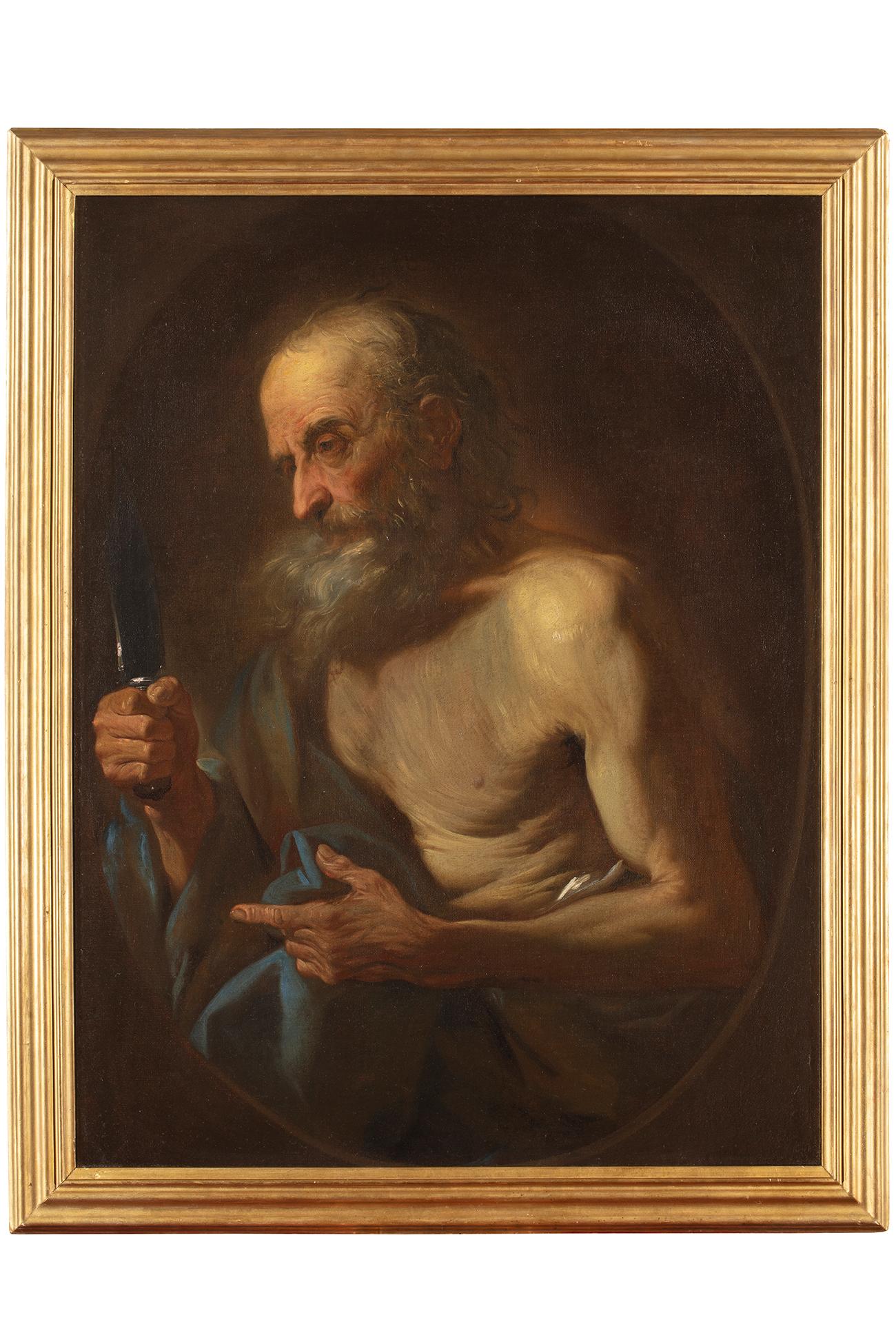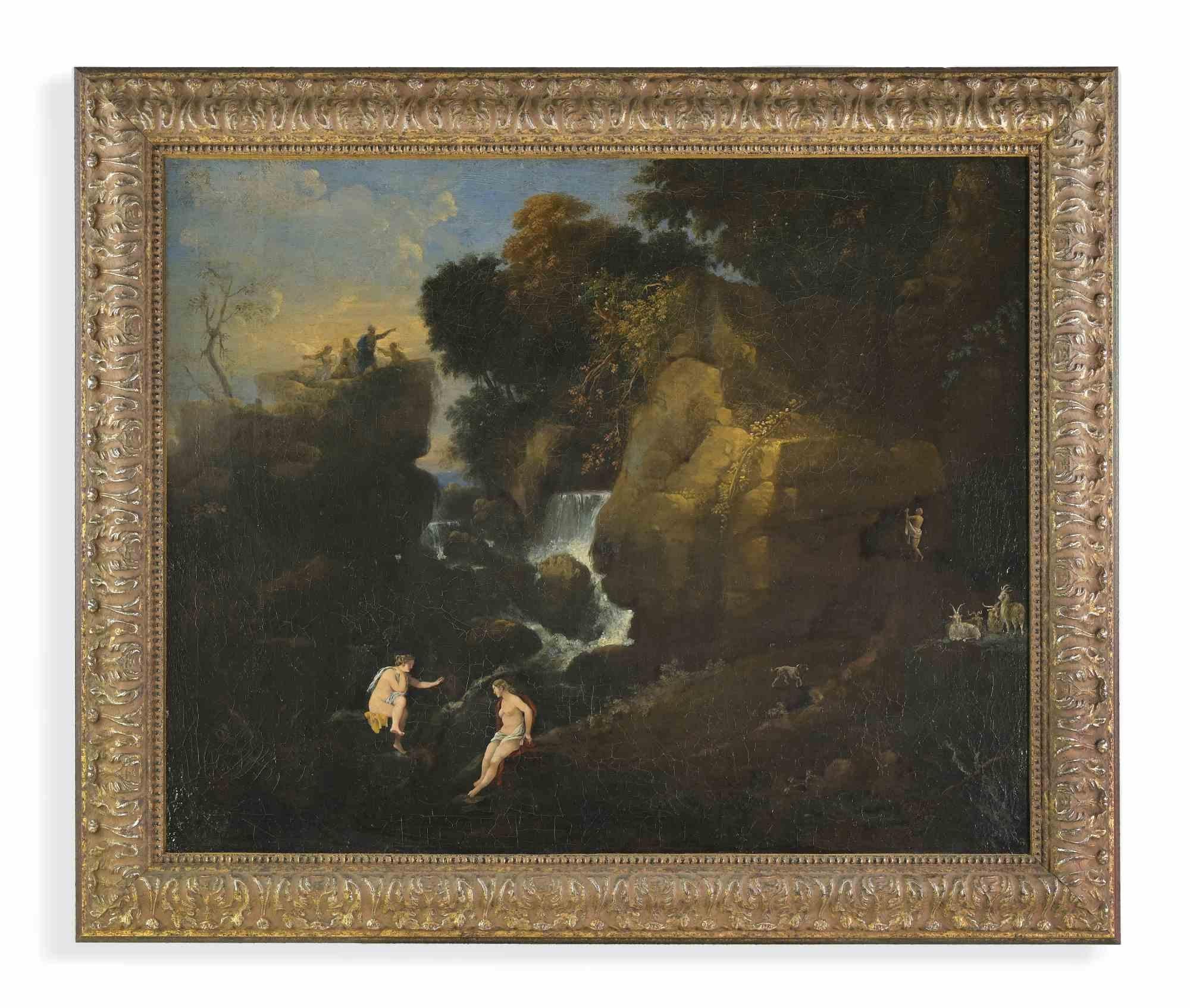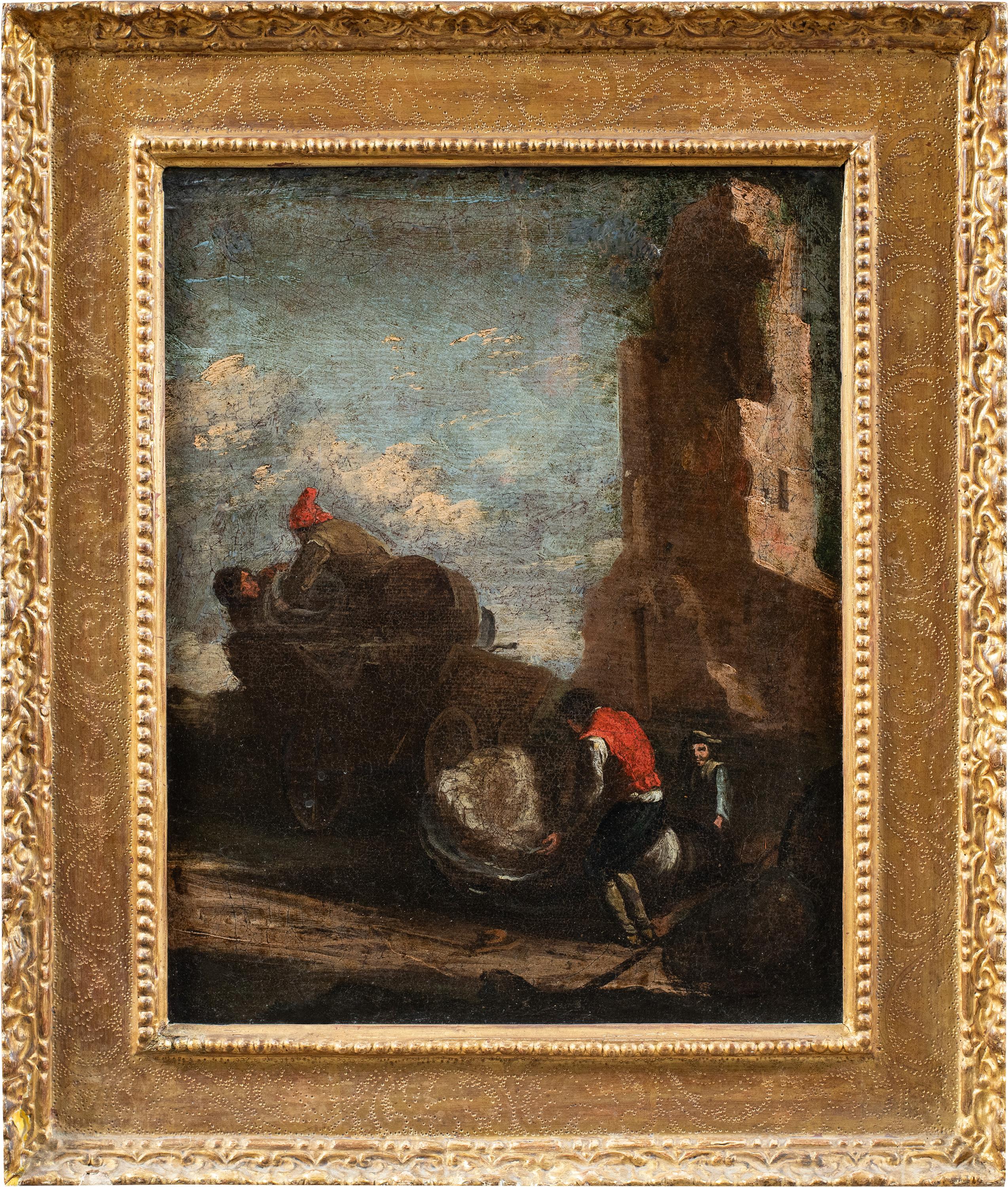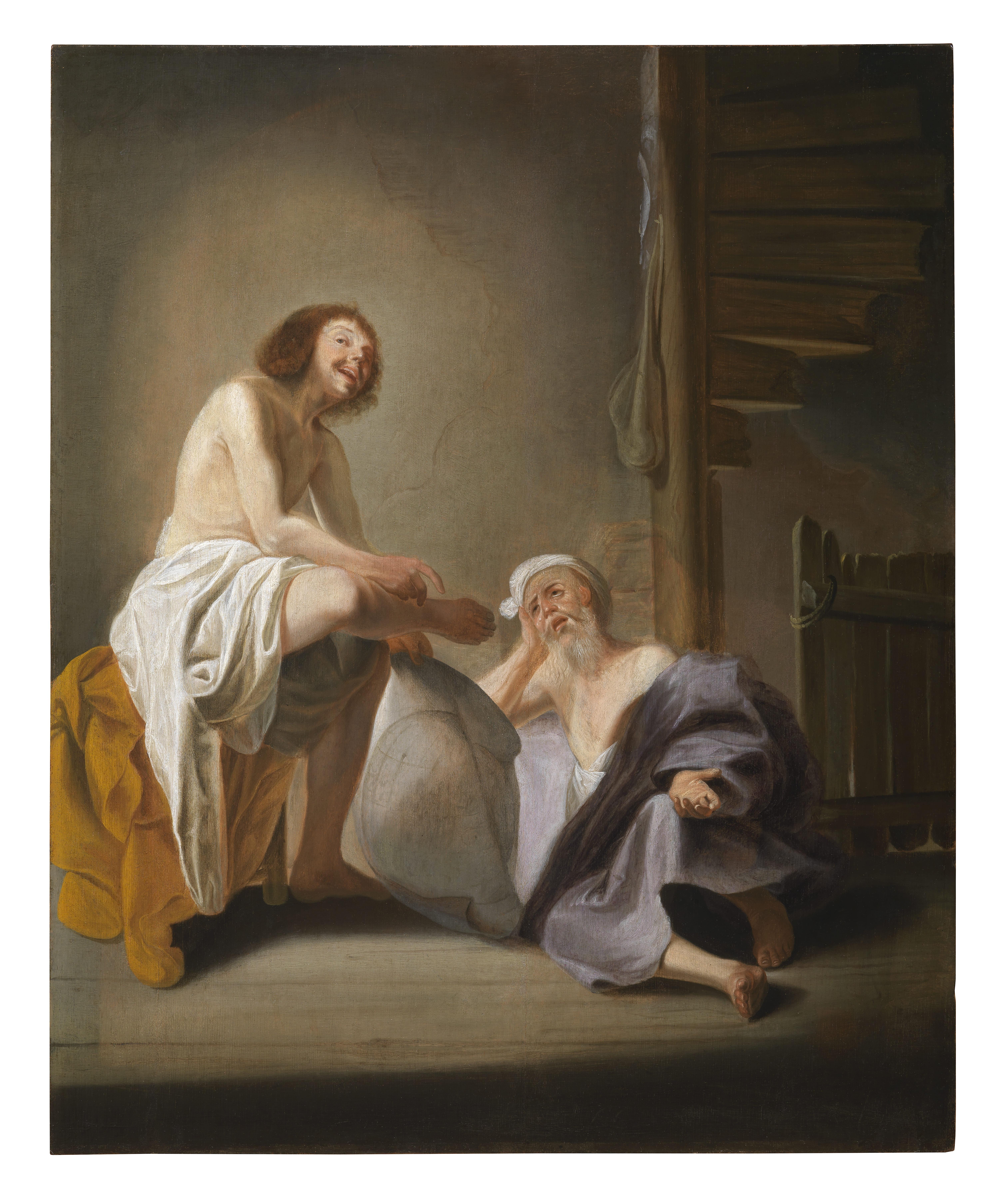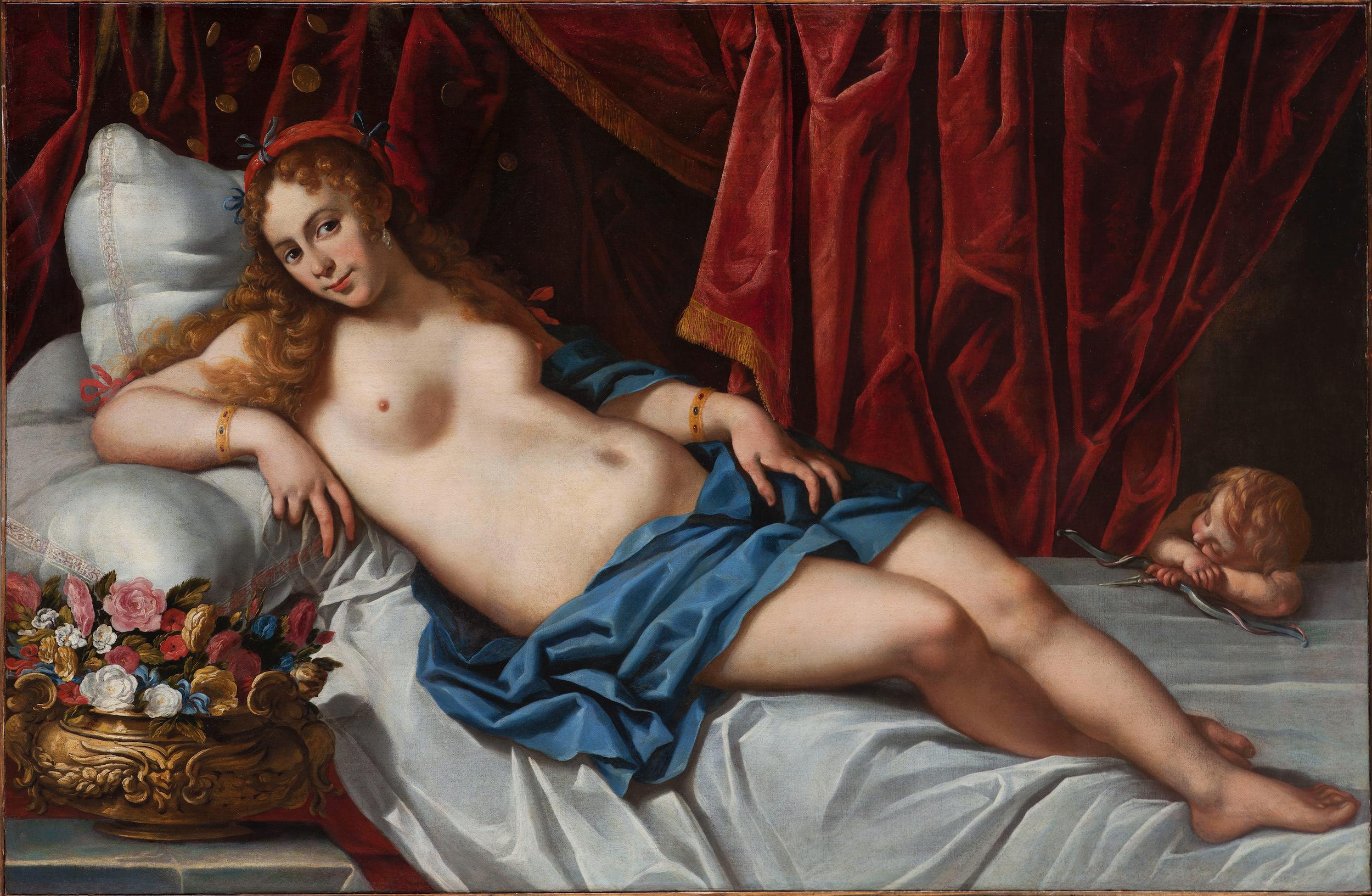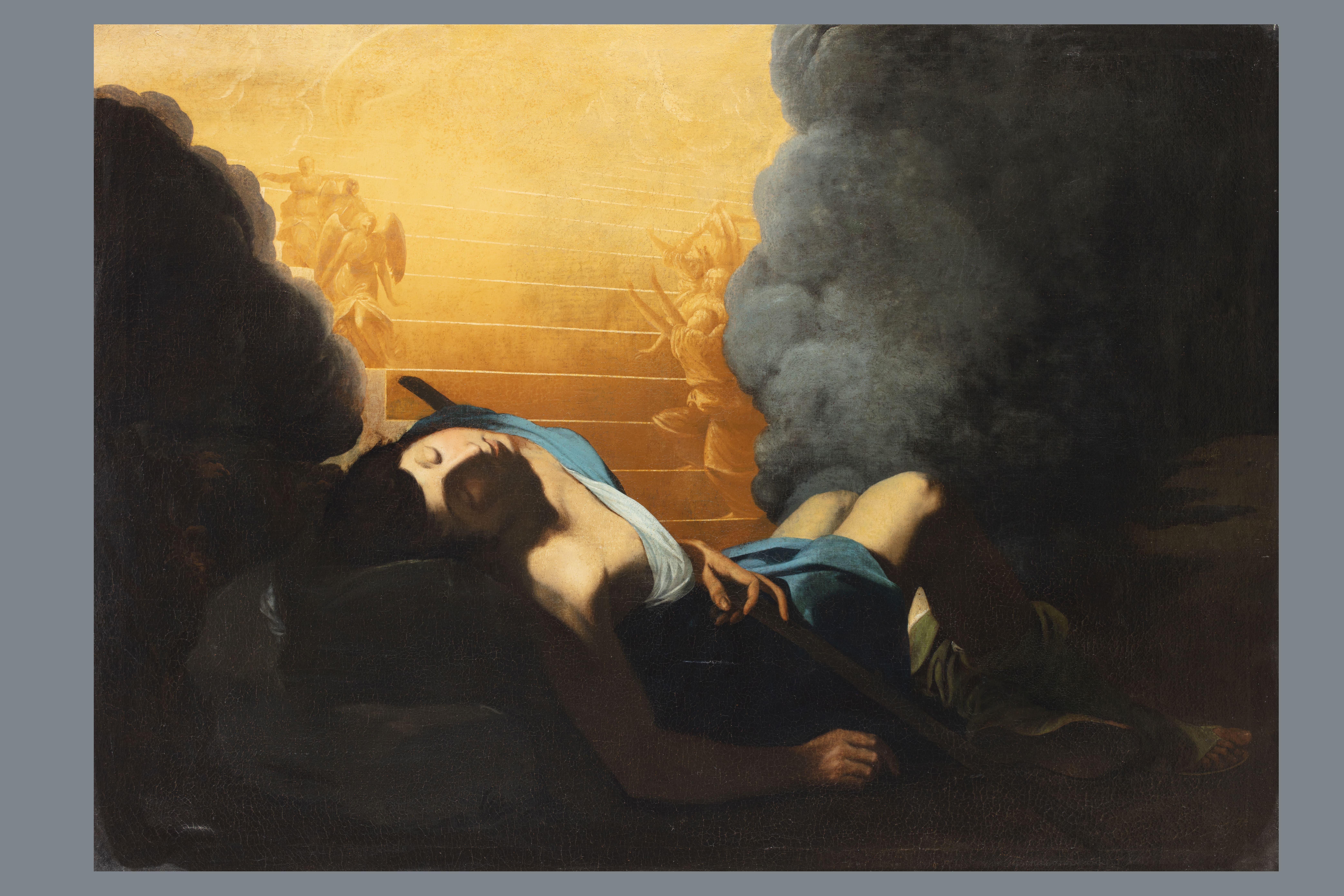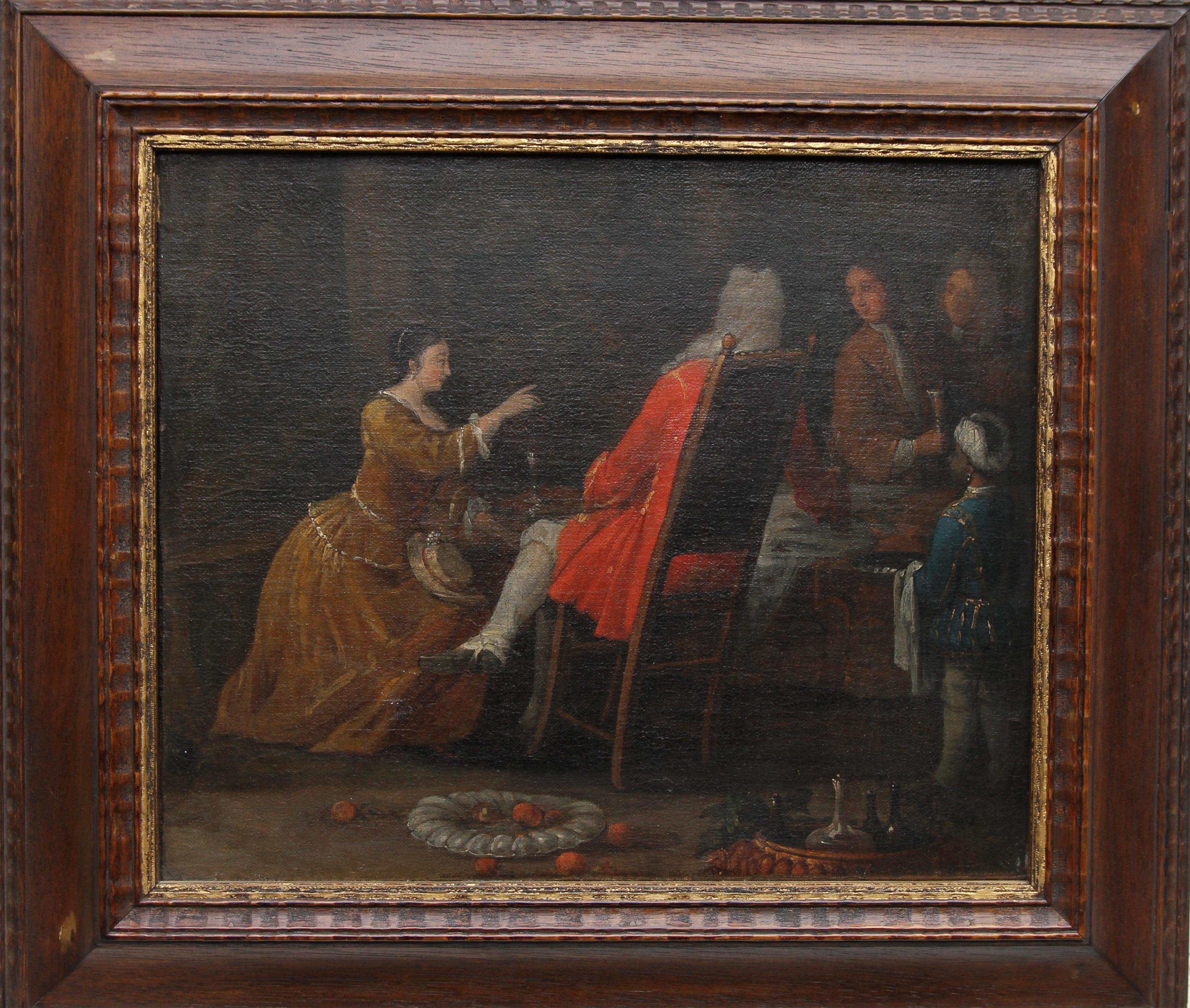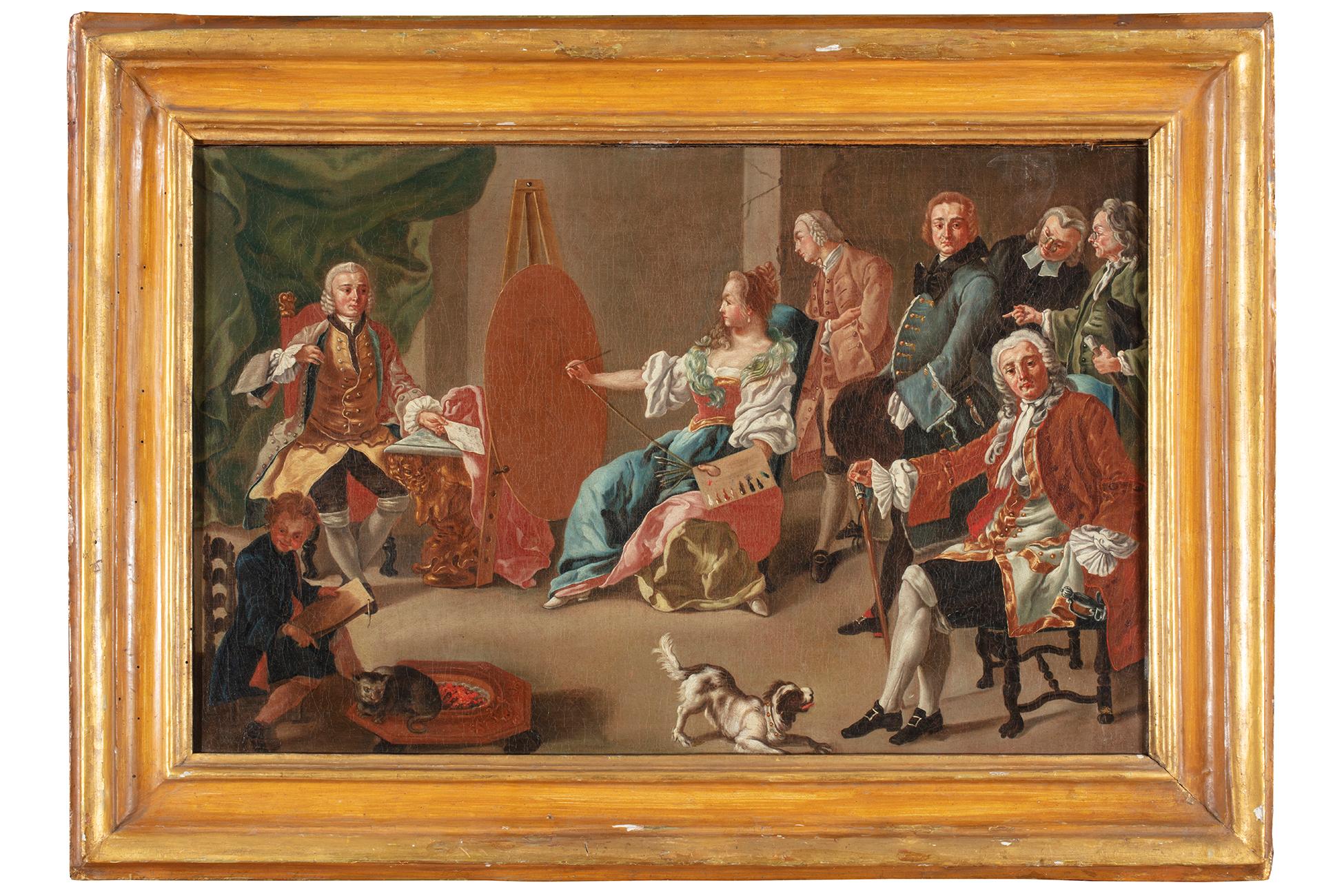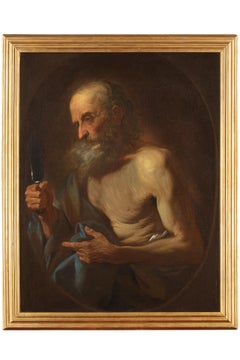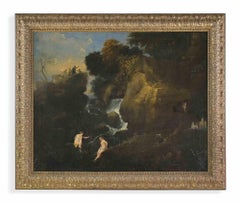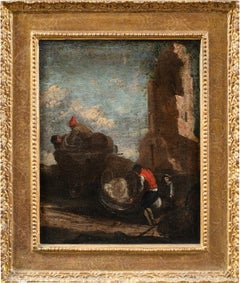Escuela europea (XVIII) - La coronación de la virgen - Oleo sobre zinc
Want more images or videos?
Request additional images or videos from the seller
1 of 23
UnknownEscuela europea (XVIII) - La coronación de la virgen - Oleo sobre zinc
Price:$996.14
$1,535.37List Price
About the Item
- Dimensions:Height: 51.19 in (130 cm)Width: 40.56 in (103 cm)Depth: 1.97 in (5 cm)
- More Editions & Sizes:114 x 88 cm. - Edición únicaPrice: $1,535
- Medium:
- Movement & Style:
- Period:
- Condition:
- Gallery Location:Sant Celoni, ES
- Reference Number:1stDibs: LU2801216326692
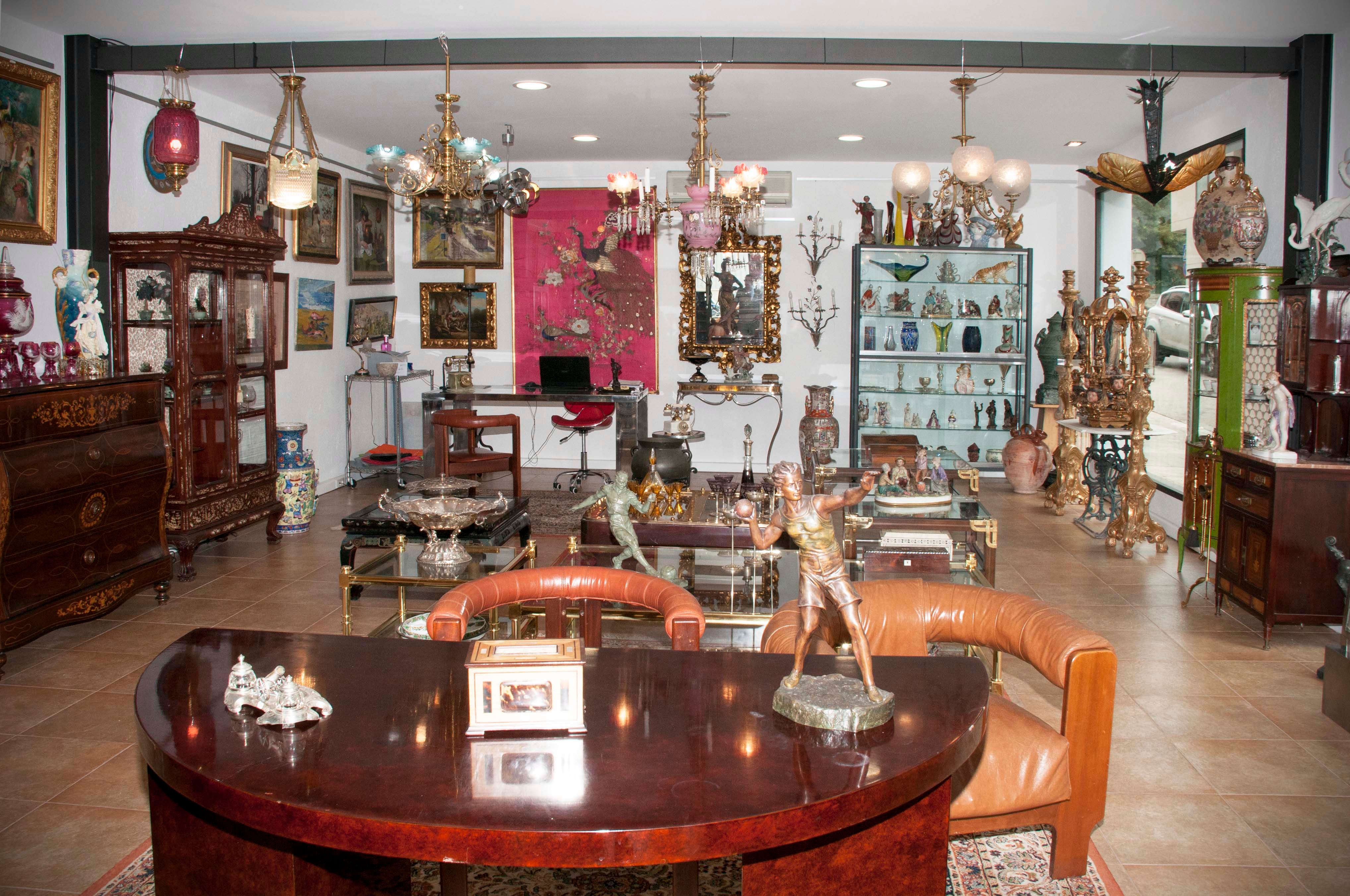
About the Seller
5.0
Gold Seller
Premium sellers maintaining a 4.3+ rating and 24-hour response times
Established in 1974
1stDibs seller since 2024
15 sales on 1stDibs
Typical response time: 2 hours
Authenticity Guarantee
In the unlikely event there’s an issue with an item’s authenticity, contact us within 1 year for a full refund. DetailsMoney-Back Guarantee
If your item is not as described, is damaged in transit, or does not arrive, contact us within 7 days for a full refund. Details24-Hour Cancellation
You have a 24-hour grace period in which to reconsider your purchase, with no questions asked.Vetted Professional Sellers
Our world-class sellers must adhere to strict standards for service and quality, maintaining the integrity of our listings.Price-Match Guarantee
If you find that a seller listed the same item for a lower price elsewhere, we’ll match it.Trusted Global Delivery
Our best-in-class carrier network provides specialized shipping options worldwide, including custom delivery.More From This Seller
View AllEscuela española (XVIII) - Óleo sobre cobre - El buen pastor
Located in Sant Celoni, ES
La obra no va firmada, pero en la parte trasera, hay unas inscripciones para mi ilegibles
El estado de la obra se puede ver, es bastante aceptable, pero tiene una pátina un poco bri...
Category
Early 18th Century Old Masters Figurative Paintings
Materials
Oil
Escuela española (XVIII) - Óleo sobre cobre - Virgen orando
Located in Sant Celoni, ES
La pintura representa a la Virgen María por su iconografía tradicional. Viste un manto azul verdoso que cubre su cabeza y hombros, y una túnica rosada con detalles en tonos claros. S...
Category
Early 18th Century Old Masters Figurative Paintings
Materials
Oil
Escuela griega (XIX) - Icono de estilo Bizantino - Firmado
Located in Sant Celoni, ES
Esta obra es un icono religioso de estilo bizantino, característico por su fondo dorado y la representación solemne de figuras sagradas. La escena central muestra a la Virgen María, ...
Category
Mid-19th Century Old Masters Figurative Paintings
Materials
Oil
Escuela española (XIX) - Niña con paloma
Located in Sant Celoni, ES
La obra es de autor anónimo
Se presenta enmarcada la pintura
El estado de la pintura es aceptable
Medidas obra: 44 x 32 cm.
Medidas marco: 57 x 44 cm.
Category
Mid-19th Century Old Masters Figurative Paintings
Materials
Oil
Excuela española (XVIII) - Jesús nazareno con la cruz - Óleo sobre tela
Located in Sant Celoni, ES
La obra no va firmada
Buen estado de conservación el de la pintura, solo comentar que la tela está reentelada
Se presenta enmarcada la obra
Medidas obra: 72 cm x 54 cm.
Medidas m...
Category
Late 18th Century Old Masters Figurative Paintings
Materials
Oil
Escuela Hispano-colonial (XIX) - Óleo sobre tela - San José con niño
Located in Sant Celoni, ES
Como pueden apreciar, la obra no va firmada
Se presenta enmarcada la obra
El estado de la obra es aceptable
Medidas obra: 73 cm. de altura x 50 cm. de ancho
Medidas obra enmarcad...
Category
1850s Old Masters Figurative Paintings
Materials
Oil
You May Also Like
17th Century by Giovanni Battista Beinaschi Saint Bartholomew Oil on Canvas
By Giovanni Battista Beinaschi
Located in Milano, Lombardia
Giovanni Battista Beinaschi (Fossano, Italy, 1636 - Naples, Italy, 1688)
Title: Saint Bartholomew
Medium: Oil on canvas
Dimensions: without frame 9...
Category
Mid-17th Century Old Masters Portrait Paintings
Materials
Oil, Canvas
Landscape with Nudes and Waterfall - Oil Paint - 17th Century
Located in Roma, IT
Landscape with nudes and waterfall is an old master artwork realized in the Mid 17th century by Artist belonging to the Roman School.
Oil painting on canvas
Includes a beautiful an...
Category
Mid-20th Century Old Masters Figurative Paintings
Materials
Oil
Antique Roman painter - 18th century landscape painting - Wanderers - Italy
Located in Varmo, IT
Roman painter (18th century) - Landscape with wayfarers.
43.5 x 34.5 cm without frame, 58.5 x 49.5 cm with frame.
Antique oil painting on canvas, in a carved and gilded wooden fram...
Category
Early 18th Century Old Masters Figurative Paintings
Materials
Canvas, Oil
$1,181 Sale Price
44% Off
17th Century By Paulus Bor Heraclitus and Democritus Oil on Panel
Located in Milano, Lombardia
Paulus Bor (Amersfoort, Netherlands, 1605 - 1669)
Title: Heraclitus and Democritus
Medium: Oil on panel
Dimensions: without frame 56 x 46 cm - with frame 77 x 67 cm
"Cassetta" frame ...
Category
17th Century Old Masters Figurative Paintings
Materials
Oil, Wood Panel
17th Century by Giacomo Sementi and Pier Francesco Cittadini Danae Oil on Canvas
Located in Milano, Lombardia
Giovanni Giacomo Sementi (Bologna, Italy, 1580 - Rome, Italy, 1636) - Pier Francesco Cittadini (Milan, Italy, 1616 - Bologna, Italy, 1681)
Danae
Oil on canvas, without frame 119 x 179 cm, with frame 140 x 200 x 12 cm, weight 35 kg
Expertise by Professor Giancarlo Sestieri
Publications: Carne - la materia dello spirito, exhibition catalogue curated by Father Alessio Geretti, project of the scientific catalogue curated by Father Alessio Geretti, Nicole Pravisani and Giulia Toffoletti, (21 May - 22 October 2023), Illegio, Casa delle Esposizioni, pp. 56-59; Body, Love and Feelings - Works of Ancient Masters from the 16th to the 19th century. In the paintings of Giorgio Baratti private collection, Milan, exhibition catalogue curated by Alessandro Marchi, (27 July - 18 September 2011), San Marino - Historical Centre, pp. 38-39; Giorgio Baratti Collezione. Selezione di opere d’arte antica (Giorgio Baratti Collection. Selection of ancient works of art), curated by Professor Giancarlo Sestieri and with the participation of Professor Andrea Emiliani, Grafiche Veneziane, Venezia 2011, pp. 22-23.
It is a gentle and graceful Danae the one portrayed by Giovanni Giacomo Sementi. A painting in which the Milanese painter Pier Francesco Cittadini also collaborated by painting the golden basin filled with flowers to the left of the scene. The work shows various pictorial influences; from the Bolognese Emilian style, to that of Ludovico Carracci (1555 - 1619) and Guido Reni (1575 - 1642), to the Baroque and Roman style. The work features an elegant red drapery which serves as the background to the entire scene, but the real protagonist is the young woman with long red hair who is lying on a bed covered by a white sheet. The girl is naked except for a lapis lazuli blue mantle...
Category
17th Century Old Masters Figurative Paintings
Materials
Oil, Canvas
17th Century By Hendrick Van Somer Saint Jerome Oil on Canvas
Located in Milano, Lombardia
Hendrick van Somer o Someren o de Somer (Lokeren, Belgium, 1607 - Naples, Italy, 1656)
Title: Saint Jerome
Medium: Oil on canvas
Dimensions: without frame 91 x 72 cm - with frame 108...
Category
17th Century Old Masters Figurative Paintings
Materials
Oil, Canvas
$23,054 Sale Price
20% Off
